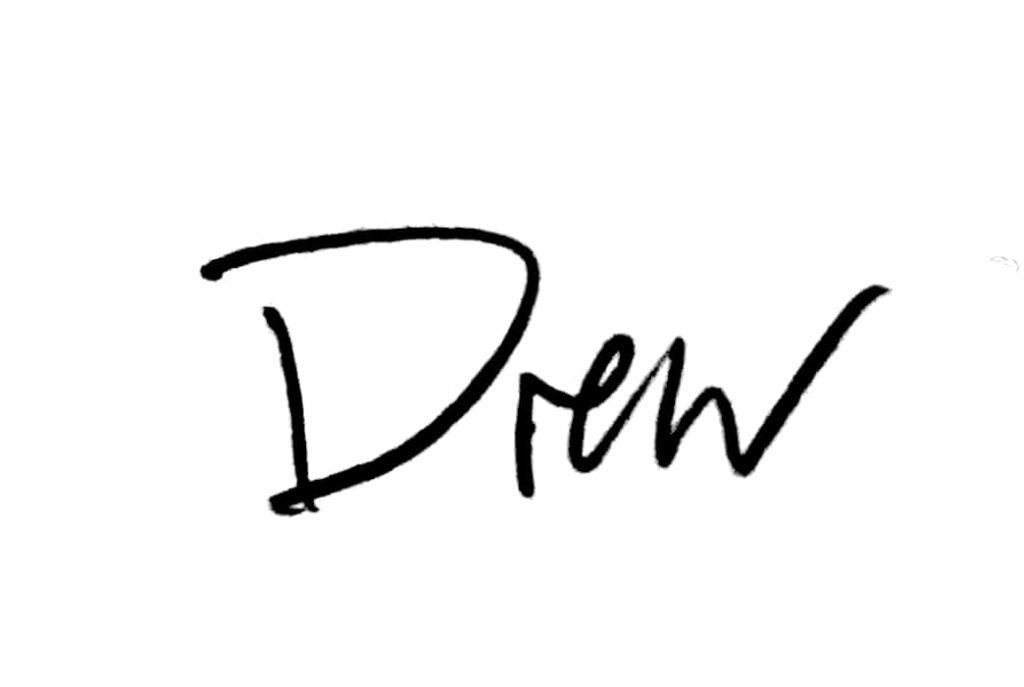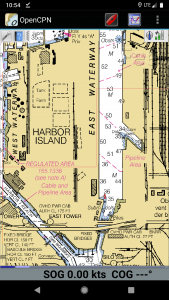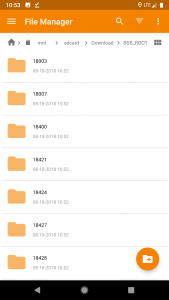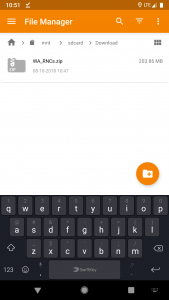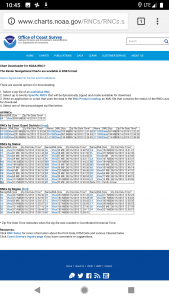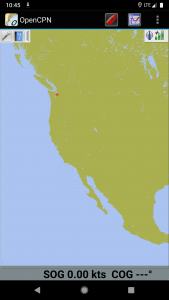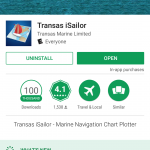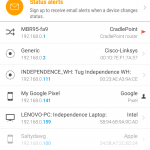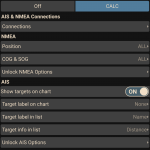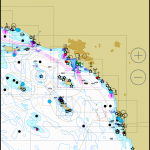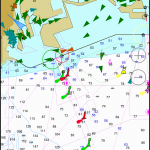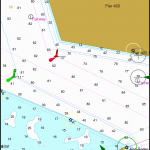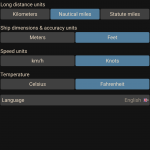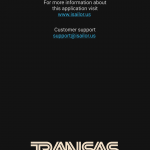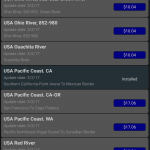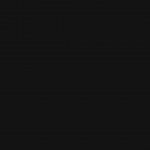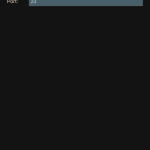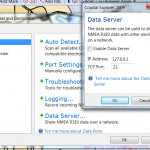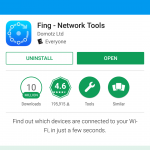I have mixed feelings about an LNG plant in Tacoma. But generally, I think we should go for it.
biases
I think I’m in a unique position to research and write commentary on this as I’m a tugboat captain working in Seattle and Tacoma. Docking ships, container ships, oil tankers, and LNG tankers (if that happens) is my bread and butter. I have two cars a ’97 Toyota Camry (26mpg), and a ’13 Nissan Leaf (all electric). I ride bikes, I recycle, and I truly care about my environment and the impact that I create living here. I would have voted for Bernie; I ended up voting for Hillary. I’m an inactive member of
Citizen’s Climate Lobby,
Indivisible Tacoma, and People Power ACLU. So there are my biases.
I’ve worked on tugs in Valdez AK doing exclusively oil tankers, and all the required support that goes with that. I’ve docked ships in San Francisco, LA, and now Seattle, Tacoma, and Ferndale (near Anacortes). A couple of days ago, we loaded 15,000 gallons of diesel into my tugboat.
Pipeline vs truck
Valdez harbor is the terminal end for the 400 mile famous Trans Alaska Pipeline. This pipes crude oil from the North Slope of Alaska, and is a major producer of domestic oil. At the south east corner of the bay, is Petrostar refinery map. They make diesel fuel, among other products, from Alaska crude, which is right down the road. Petrostar does not have a dock. There are fuel storage silos to the west of Valdez map, where fuel is stored uphill from a fuel dock. The water is probably too shallow over by the refinery, so it would be super expensive to put a dock there. Diesel needs to get from Petrostar to the silos so they can fill tugboats, and barges, that, in turn, fill and work the big ships that call on the port. There was a plan to build a pipeline from Petrostar, around the east side of The Bay (ccw) to the storage silos and fuel dock. But the pipeline would’ve crossed through wetlands that are delicate and home to lots of wildlife. The plan was nixed for that reason. The only fuel dock and their silos still needs fuel to sell as the only game in town for miles – so instead of a pipe, they drive trucks back and forth.
This brings up some obvious problems. The diesel still has to get from A to B. The town of Valdez had the option to move that oil via trucks on the road (road already there) or pipeline. Other places will have water (ships or barges/tugs) and rail as options.
Tacoma, and the country, depends on internal combustion engines. And much bigger IC (internal combustion) engines on the ships in our harbors. Our working waterfront isn’t going anywhere any time soon. When a ship pulls into berth (it’s parking spot) they shut down their main engines. They’ve also got at least one tractor sized engine running to generate electricity. If the ship plugs into shore-power, they can also shutdown those generators, which brings at berth emissions to zero.
Puget Sound Energy LNG webpage specifies not going into the LNG export business. They are going to be an LNG fueling station for ships that call on our port. As LNG hasn’t been used as an industrial fuel until recently, this will bring less polluting, newer and cleaner ships to our port. Tote runs ships in and out of Tacoma, and have promised to be the first, and probably biggest, customer of the facility.
I used to think that the green energy evolution will be naturally driven by gas prices. When crude oil gets too hard to find, or expensive to drill, gas will get more expensive. When prices creep up to $20/gallon, electric cars that cost pennies per mile will become far more attractive. But recently, I’m starting to think this capitalistic idea might not be fast enough. By the time gas does reach $20/gal, our environment may have already gone through irrevocable changes. The price of gas is much more complicated than supply and demand.
I’ve seen the argument “we should stop investing money in petroleum.” Well that’s simply not correct. Our entire transportation infrastructure would grind to a halt without liquid fuel and the internal combustion engine. I hope that bit by bit, people will start to drive more economical cars, and think about creating a smaller carbon footprint with their own life decisions.
Barring any fast-acting major catastrophe, half measures and small steps are the only kind of progress we’re going to make towards a cleaner future. LNG is the cleanest petroleum product out there. Promoting it through a Tacoma facility is another small step towards greener energies, and I’m proud Tacoma is at the forefront.
my response to Tacoma Tribune op-ed
This
op-ed was written by the PSE LNG PR guy (there’s some acronyms for ya). There are some good points in there that I’ll draw out here:
- “…risk of explosion and dangerous chain reactions.” Of course this stuff is dangerous. When you use it properly, you can heat home home with it, and many other uses. If it wasn’t dangerous it wouldn’t be helpful! But is it more dangerous than gasoline? It’s different.
- “…39.6 tons of air pollutants the plant will emit every year. What they don’t talk about are the 160,000 tons of toxic air pollutants the LNG plant will eliminate compared to the fuels used today.” An LNG plant anywhere will have an impact on where it is. If it’s up in Ferndale, it will still put out 39.6 tons in Washington’s air. I’d like to look at the PNW as a whole. Having an LNG facility will bring less polluting ships here, vs current, diesel burning ships. That will reduce overall emissions in the area.
Other interesting, possibly related notes
Washington already has an LNG depot
right here. From what I’ve heard (and can see from google maps) it’s small, and only takes two ships per year. Here’s a pic I snapped of it through some binoculars yesterday.
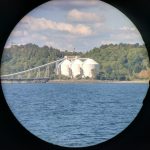
I sat next to a guy who worked at California’s energy provider PG&E. During the winter months, locations of PGE gets natural gas (NG) via pipeline from who knows where. These small pipelines are able to move more NG than Californians require through winter. They store the excess underground in naturally occuring depleted reservoirs. In the summer, when energy demands outstrip the pipelines, they draw the stores back up from those reservoirs. That totally blew my mind. They just pump it back into the ground! A few years before they’d drilled it and drew it all out of there.
LNG is the cleanest burning fossil fuel.
Liquefied Natural Gas is 1/600 the volume of Natural Gas. LNG must be colder than -259F. LNG boils at -259F. Water boils at +212F.
Think about making a gallon of gasoline the size of 1 teaspoon, that’s LNG. (1 gallon = 726tsp)
When a liquid changes state to a vapor, it sucks up heat. That’s called latent heat. Your body does the same thing with sweat. You get hot, you get wet, that water evaporates: boom, you cool off due to evaporation. So, you’ve got this giant tank of LNG, and it starts to get “warm” up to -260F. The parts that hit -259F boil, and change into vapor. That state-change sucks heat out of the system cooling the tank again. This is called auto-refrigeration. The boiled off LNG does increase in volume by 600 times, so you gotta do something with that too. Storage facilities will grab it, and burn it for energy to either cool the tank via the mechanical refrigeration, or run other electrical service.
LPG liquefied petroleum gas. It is produced as a by-product of natural gas processing and petroleum refining. Heavier than air, will evaporate at room temperature and pressure. This can make it more dangerous. Some forklifts will have a can on back of LPG, and can be driven indoors. You may have smelled one at the hardware store etc.
CNG compressed natural gas, comes directly from underground. It usually stored in high pressure tanks, 3600psi. It’s lighter than air, so if there’s a leak, it just dissipates. This makes it safer than gasoline, or heavier than air gasses.
Propane is a type petroleum gas. It can be liquefied at normal temperatures, and moderate pressures but will vaporize at normal temperature and pressure. It’s a liquid in the green Coleman can, but turns to a vapor when you’re boiling water with it. It’s heavier than air, =dangerous. wikipedia
Ships and the water are the most efficient way to move cargo. If you put the containers from a large ship on a train, it would be 44 miles long. While ships and their engines are a big single point pollution source, they are far better than 5500 trucks.
The cost to transport a bicycle from Thailand to the UK in a container is about $10. The typical cost for shipping a DVD/CD player from Asia to Europe or the U.S. is roughly $1.50; a kilogram of coffee just fifteen cents, and a can of beer – a penny.

I grabbed this image from a energy company “children’s” webpage. It really understand where this stuff comes from. Remember that “gas” as used here is Natural Gas, and gasoline comes from the refining of crude oil (crude in this pic).
bibliography
